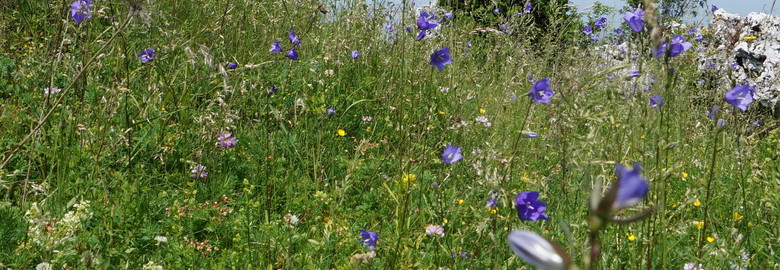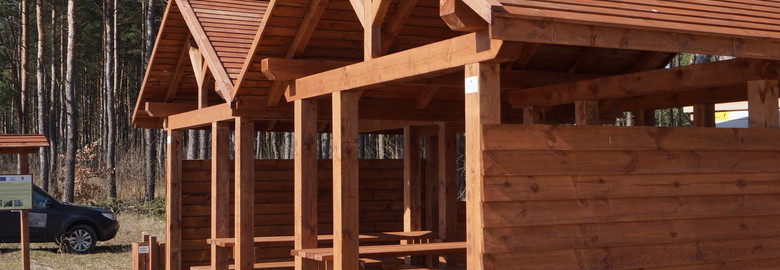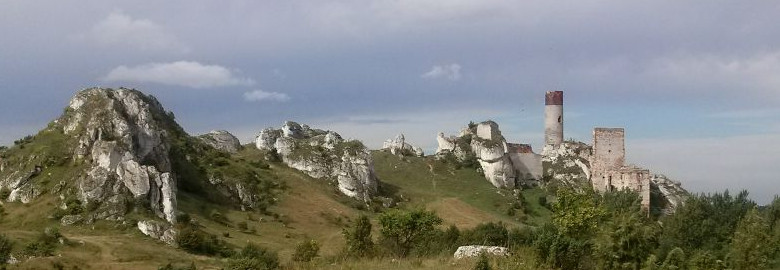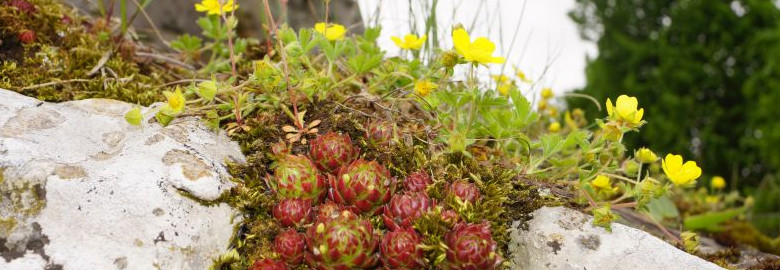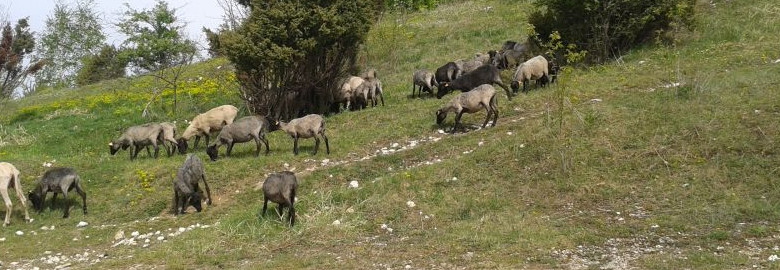Liczba wizyt
Monitoring visit
Between 17th – 19th June 2015 the Silesian Voivodeship Landscape Parks Complex played host to the representatives of the European Commission who came to monitor the LIFE11 NAT/PL/432 Project “Protection of valuable natural non-forest habitats typical of the Orle Gniazda Landscape Park”.
The participants included Ms. Izabela Madalińska (Technical Officer of the EC), Ms. Anna McClintok (Financial Officer of the EC), Mr. Stanisław Tworek (LIFE11 NAT/PL/432 Project Monitor), and on the first day of the visit Mr. Andrzej Muter (Head of the LIFE+ Projects Unit in the National Fund for Environmental Protection and Water Management). The aim of the visit was to verify the accuracy of the Project actions carried on so far and chosen elements of documentation provided by the Beneficiary.
On the first day, after a warm welcome by the Head of the Silesian Voivodeship Landscape Parks Complex: Mr. Jan Lamch, the Head of the Kraków-Częstochowa Upland Section: Mr. Artur Wojtasik delivered a presentation in order to provide an introduction, and discussed the course and the advancement of the Project actions. Then a field inspection was held during which chosen active protection measures were presented. The participants visited the area of the Olsztyn-Mirów refugium (where the removal of trees and brushwood, and animal grazing had been carried out), and the spring area of the Centuria river (purchase of the valuable lands, maintenance of the habitat conditions of Cochelaria polonica). Environmental monitoring Cochelaria polonica carried out, using recorders - piezometers to measure fluctuations in water level, temperature and barometric pressure.
On the second day of the visit, all the factual issues and the background of their realization were discussed, and chosen documentation was verified. A field session followed the indoor part of the visit that day. The actions carried out in the following areas were presented: the Kromołowiec hill in Niegowonice (the removal of the tree trunks from the grasslands, active protection of rock grasslands by means of streamlining the climbing traffic: presentation of new belay-rappel anchors); the Wodąca Valley (the removal of the Sakhalin knotweed); the vicinity of the Zegarowe rocks (tree and brushwood removal); Sikorowa rock in Smoleń (animal grazing).
On the third day, the inspection of the redone educational route in the Wodąca valley was carried out. The route was constructed as a part of the action of regulating the tourist traffic. The participants also visited the Łysa Pałka hill and the Grochowiec hill in Ryczów which allowed them to verify the scope of two actions, i.e. tree and brushwood removal, and animal grazing. During the field inspections the newly constructed rest points for the tourists were presented, as well as information boards, educational boards and boards for the rock climbers.
The three-day-long visit ended with the summary of technical and financial issues involved in the Project. The visit of the representatives of the EC allowed to present the complexity of the realization of the Project and methods used by the staff of the Silesian Voivodeship Landscape Parks Complex. The discussions concerning administrative, financial and factual issues allowed the Project team to dispel the nagging doubts concerning chosen aspects of the Project realization. The Head of the Silesian Voivodeship Landscape Parks Complex and the Head of the Kraków-Częstochowa Upland Section thanked the guests for coming and their participation in the visit. On their departure the EC representatives wished the Beneficiary further success in the implementation of the Project actions.
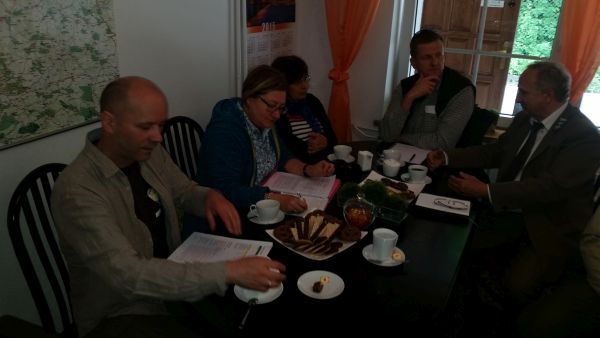
Warm welcome by the Head of the SVLPC (1st day of the visit)
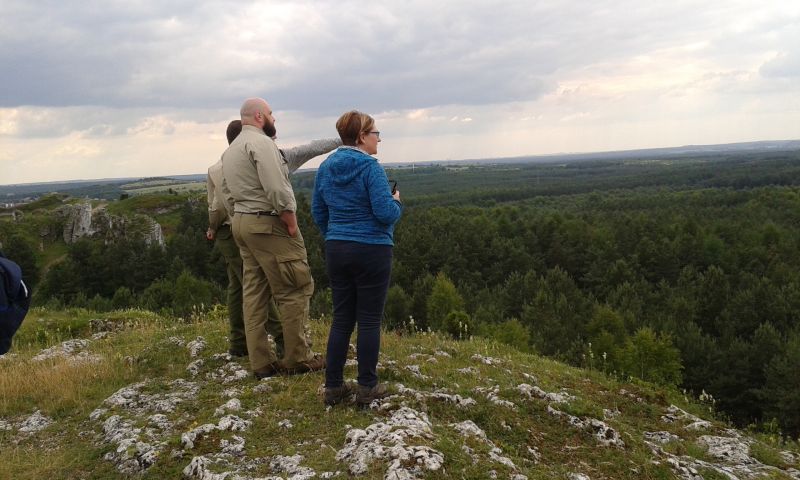
Getting to know the landscape of the Upland (recognizing the elements of the landscape of the Towarne mountains)
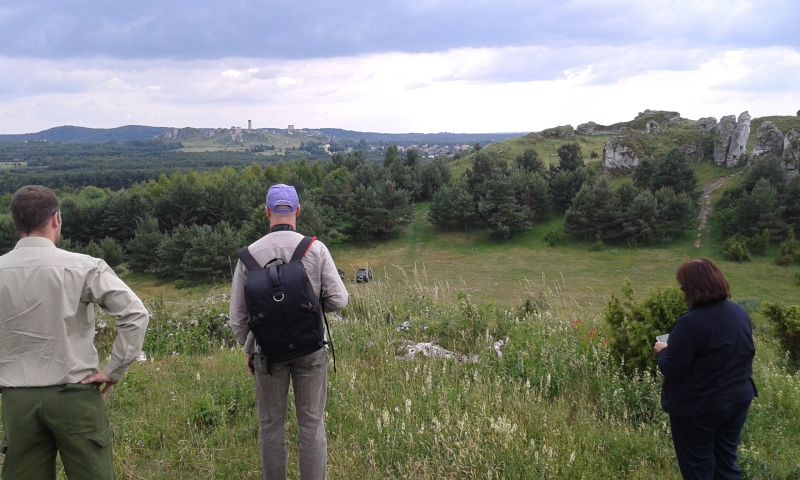
Field visit (Towarne mountains)
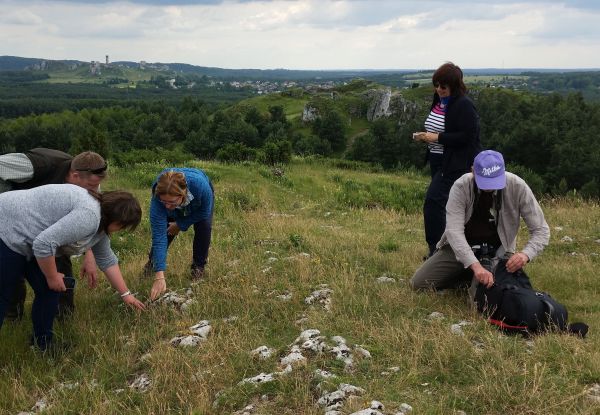
What grows in the grasslands? (Towarne mountains)
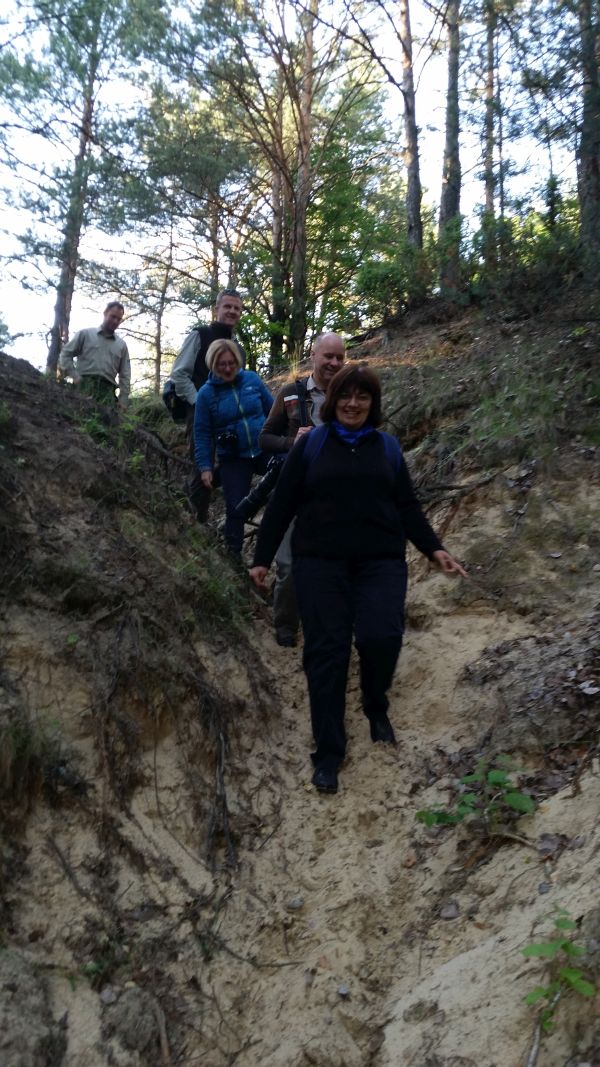
The spring area of the Centuria river (the habitat of Cochlearia polonica)
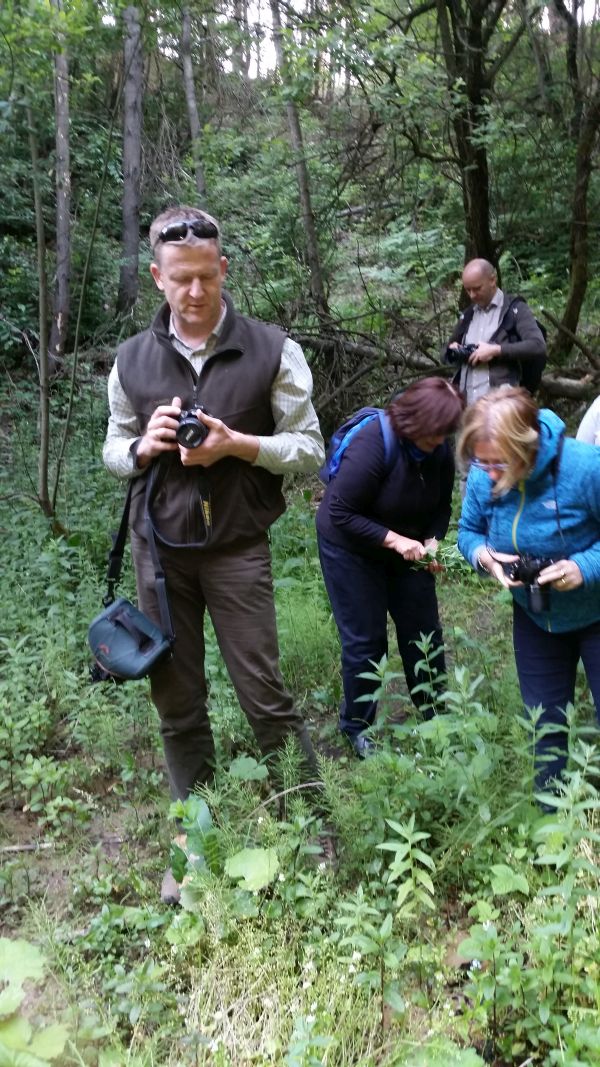
The spring area of the Centuria river (the habitat of Cochlearia polonica)
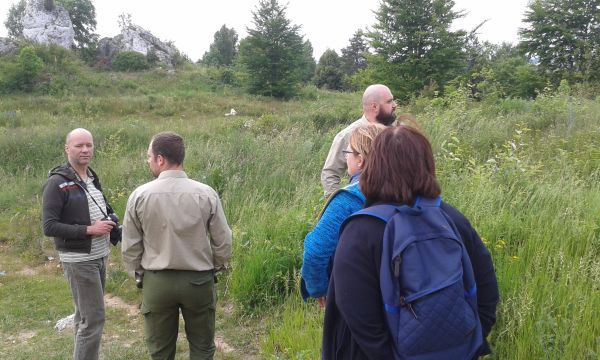
Kromołowiec hill (2nd day of the visit)
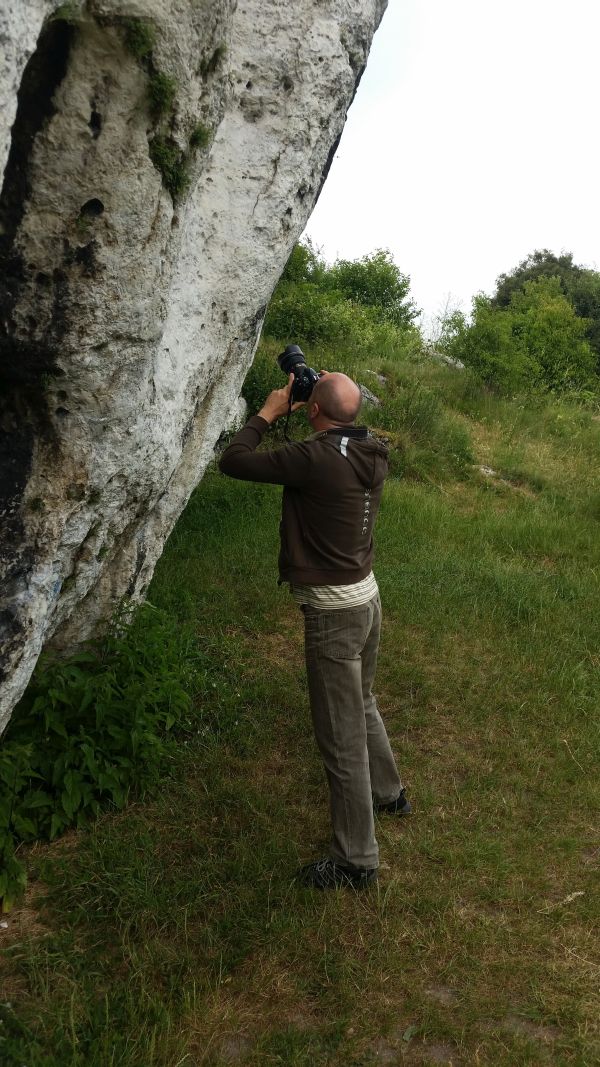
A treat both for amateurs and professionals: new belay-rappel anchors in the Kraków-Częstochowa Upland (Kromołowiec hill)
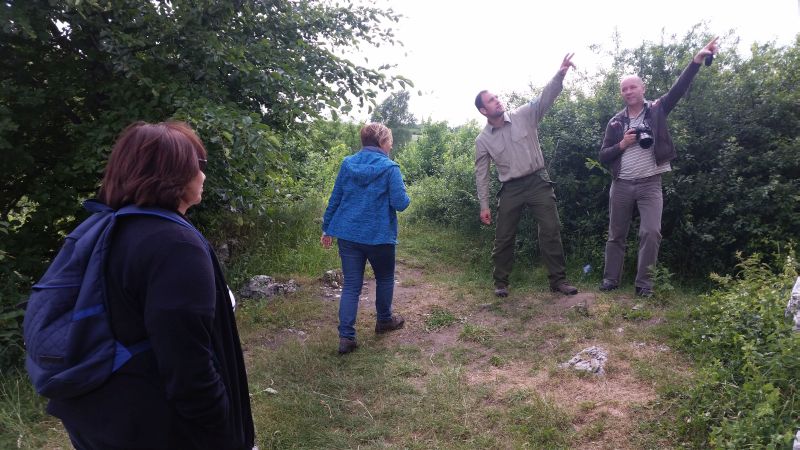
Presentation of the belay-rappel routes
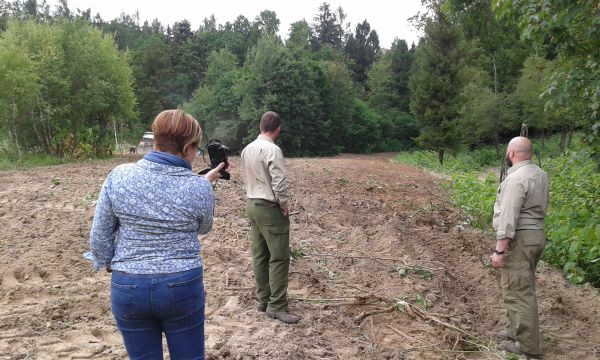
Invasive Alien Species: combating the Sakhalin knotweed is on! (Wodąca valley)
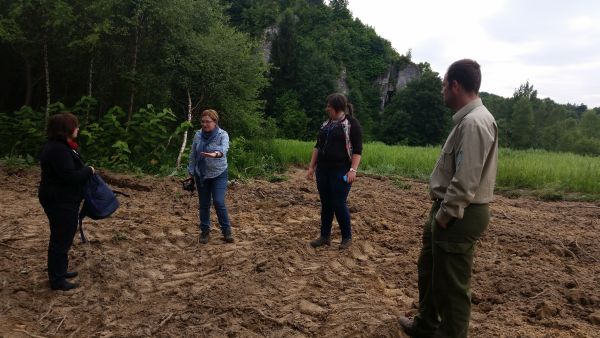
"Invasive aliens" result in decreasing biodiversity (Wodąca valley)
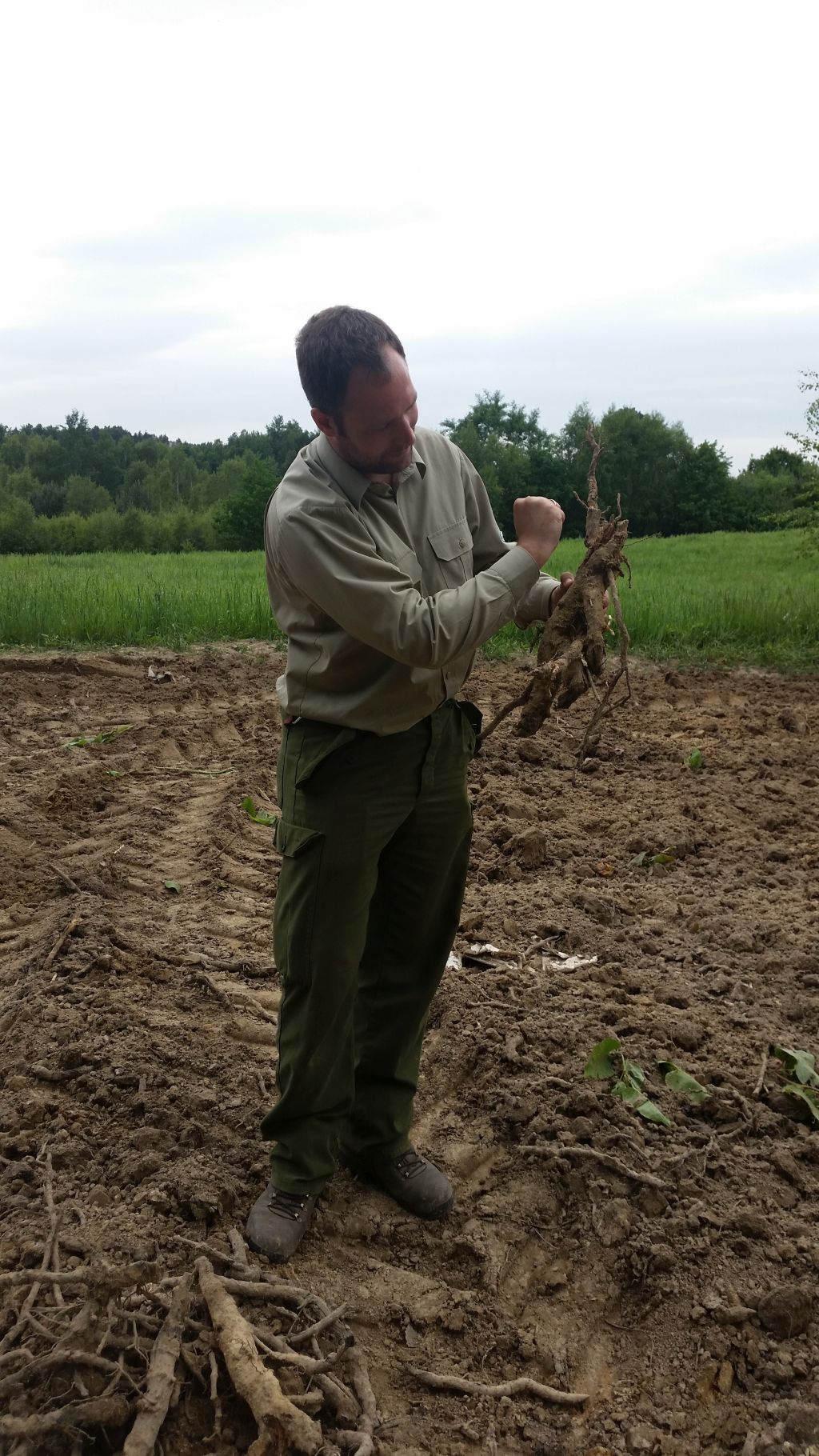
Extracted rhizome Sakhalin- a threat to native ecosystems
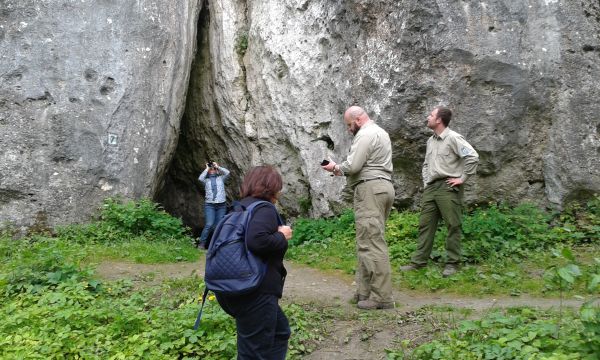
The area of the Zegarowe rocks (presenting replaced rings)
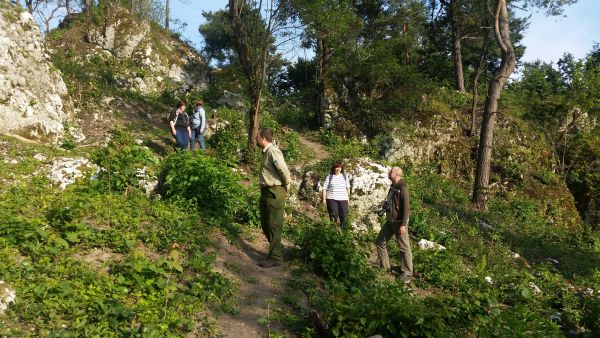
Zegarowe rocks (assessment of the logging carried out in the area)
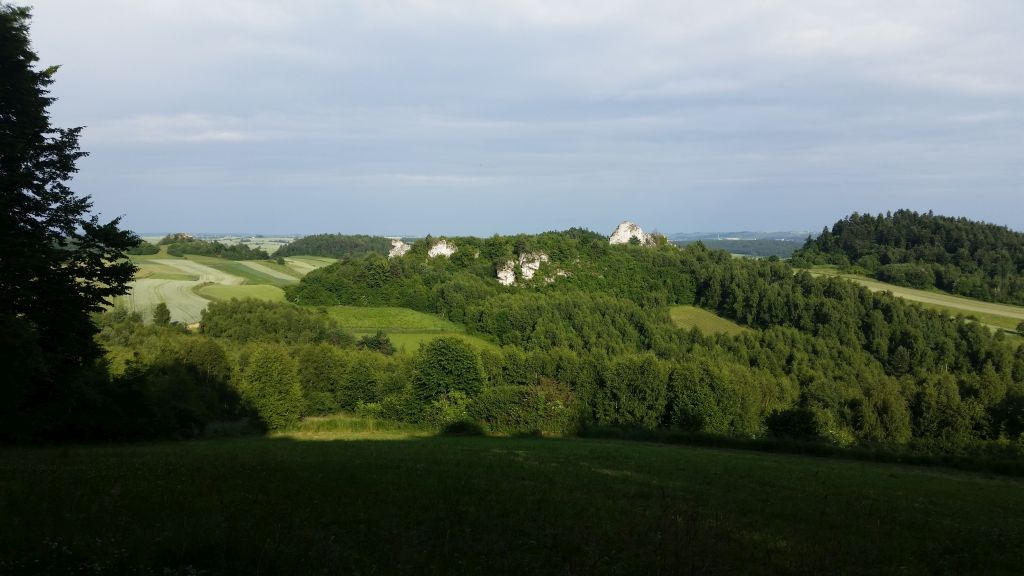
Jurassic rock landscape (view from the Zegarowe clock)
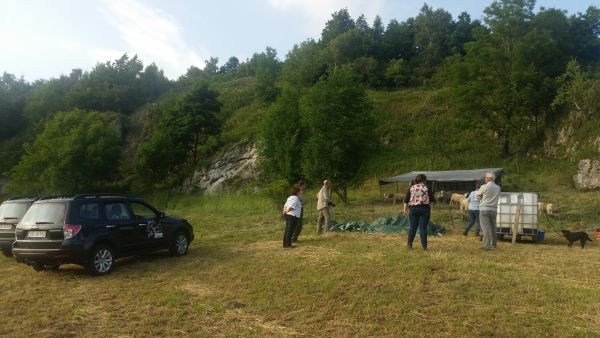
Sheep grazing on the Sikorowa rock (Środkowa Jura refugium)
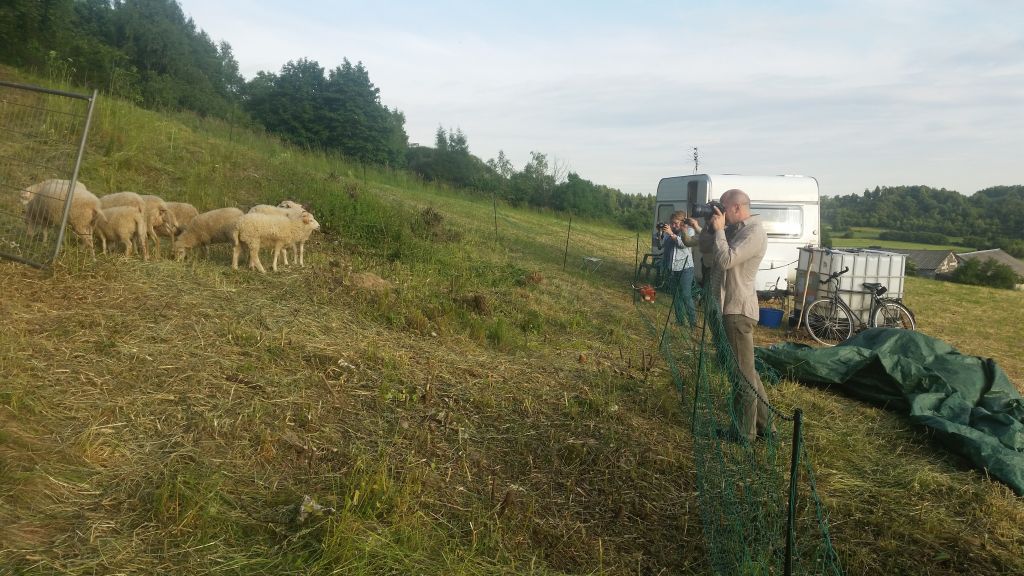
"Eco-mower" is grazing! (Sikorowa rock)
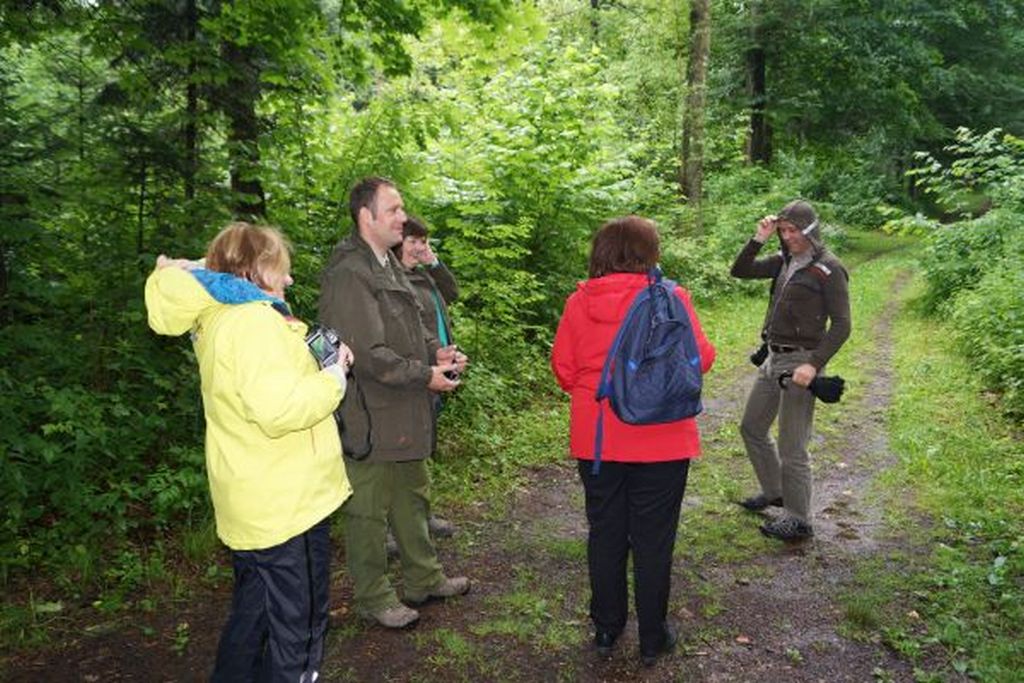
A walk in the Wodąca valley (3rd day of the visit)
Grassland: a colourful and fragrant plant community (Grochowiec hill in Ryczów)
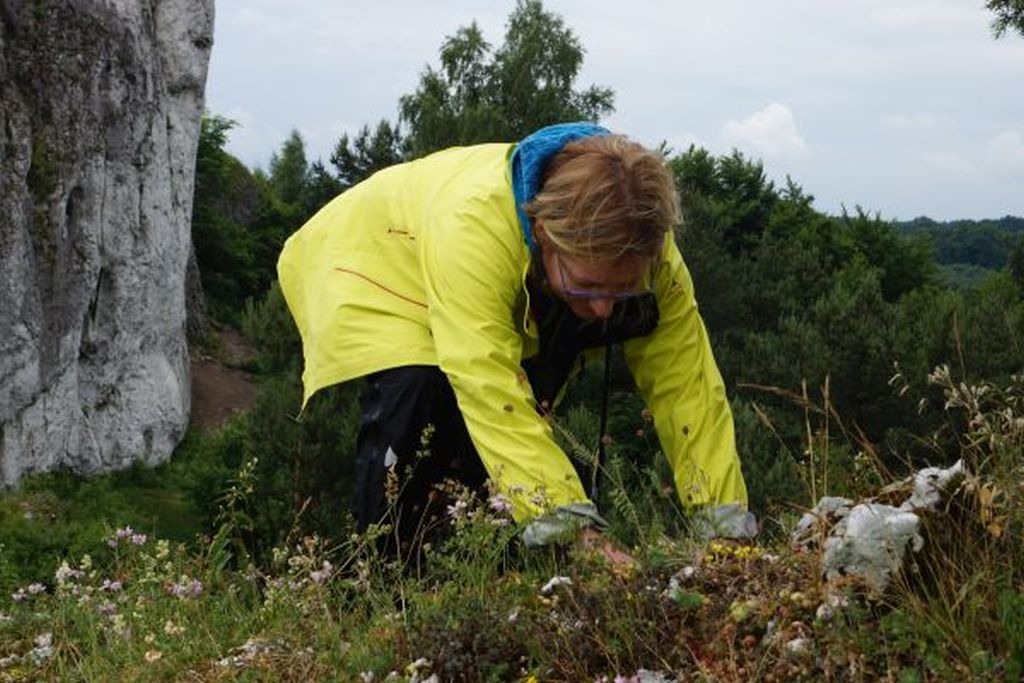
What goes on in the grasslands? (Grochowiec hill in Ryczów)



